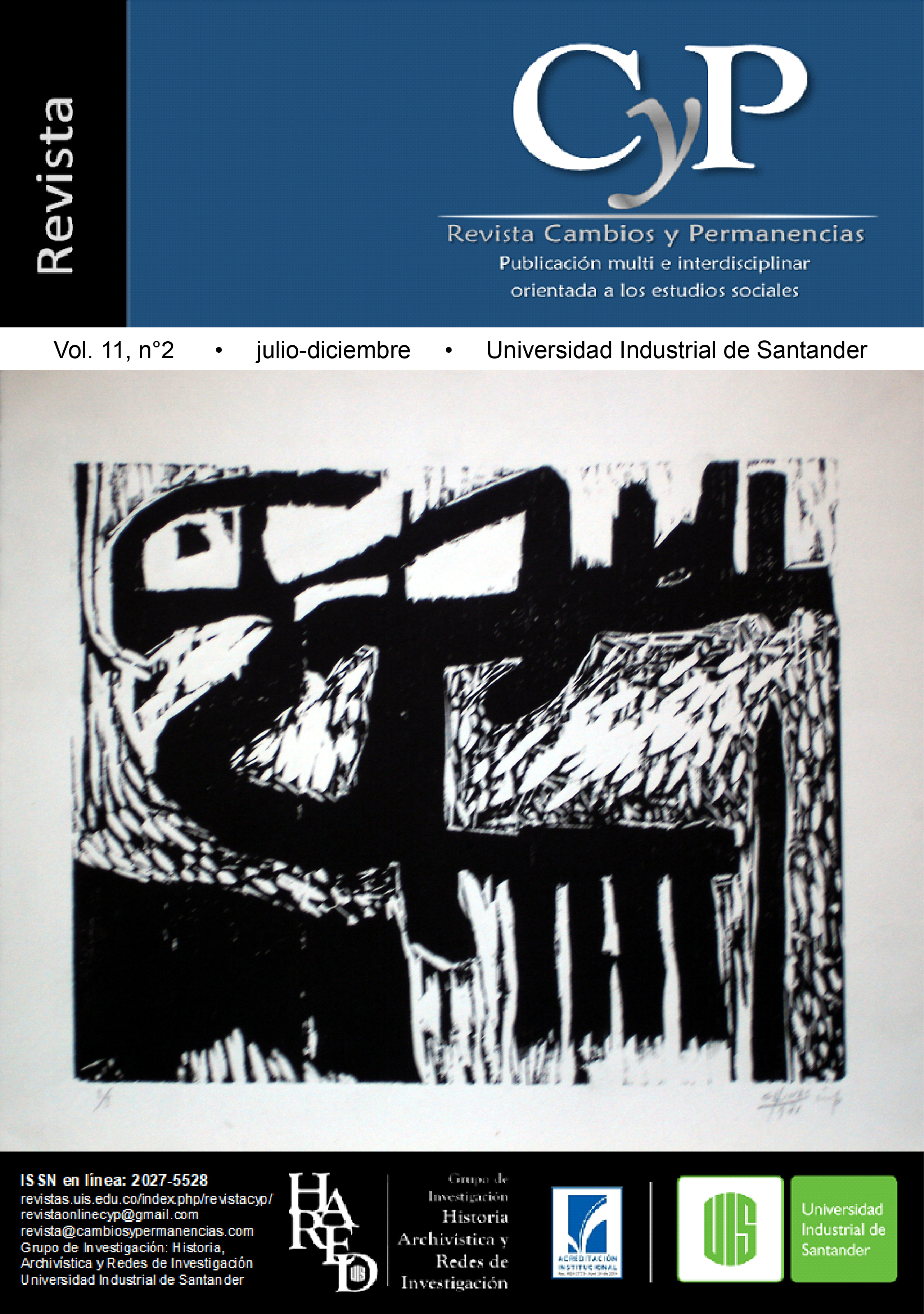Published 2020-12-16
Keywords
- Identity,
- migration,
- indigenous and women cooks
How to Cite
Abstract
The metropolitan area of Mexico City is inhabited mainly by migrants, mostly indigenous groups from the states of Oaxaca, Hidalgo, Michoacan, Guerrero and Puebla, who arrived in the 1970s with the aim of finding better life opportunities. This afore mentioned event can be observed in the municipality of Nezahualcóyotl, which experienced a significant population increase in the 1990s, a decade in which the number of inhabitants of the municipality grew by 131% due to the large amount of immigration; This migratory phenomenon brought with it changes in the family contexts of the settlers (mainly indigenous) who settled in the municipality.
One of the first changes that migrant families faced was the transformation of their diet, as they changed the ways of cooking and the ingredients of the food. However, food is not only intended to satisfy a biological need, because integrates a cultural system that includes religion, rituals, knowledge of the environment and its management, social and family customs as well as nutritional culture. The objective of this paper aims to know how immigrant families changes the way they obtain, prepare and consume food to continue reproducing their culture.
Downloads
References
Escalante Gonzalo, P. (2008) Nueva Historia mínima de México Ilustrada. México: Colegio de México.
Garza Marcué, R. M. (2015) Comida Ritual del día de muertos en Culhuacán e Iztapalapa, pueblos originarios de la Ciudad de México. En C. Good Eshelman, & C. Corona de la Peña, Comida, cultura y modernidad en México. Perspectivas antropológicas e históricas (pp. 57-74). México: Escuela Nacional de Antropología e Historia.
Good Eshelman, C. (2004) Trabajando juntos: los vivos, los muertos, la tierra y el maíz. En Historia y vida ceremonial en las comunidades mesoamericanas: los ritos agrícolas. México: Consejo Nacional para la Cultura y las Artes -Instituto Nacional de Antropología e Historia- Universidad Nacional Autónoma de México-Instituto de Investigaciones Históricas.
Instituto Nacional de Estadística y Geografía. (1950-2000). Censo de población. México.
Le Goff, J. (1991) El orden de la memoria. España: Ediciones Paidós.
Matas, F., Nieto, N., Monacci, L., y Bretal, L. (2014) Entrevista con Alessandro Portelli. Revista Aletheia, 5(9).
Necoechea, G. (2015) Parentesco, comunidad y clase: Mexicano en Chicago 1916-1950. México: Instituto Nacional de Antropología e Historia.
Nemecio Nemesio, I., y Domínguez L. M. (2015) Infancia vulnerable: El caso de los niños jornaleros agrícolas migrantes de la montaña de Guerrero. En Foro Invisibilidad y conciencia: Migración interna de niñas y niños jornaleros agrícolas en México. México: (S. E.).
Quintal, E. F., y Quiñones Vega, T. (2015) Del altar al mercado: los rituales del píibil en la península de Yucatán. En C. Good Eshelman, & C. Corona de la Peña, Comida, cultura y modernidad en México. Perspectivas antropológicas e históricas.
Secretaría de Industria y Comercio (1976) Migración interna en México. 1960-1970. Evaluación y análisis, serie III, número 5 1976. En Encuesta Nacional de Hogares, Área Metropolitana de la Ciudad de México datos sobre ocupación, migración y vivienda. México: Escuela Nacional de Antropología e Historia.

